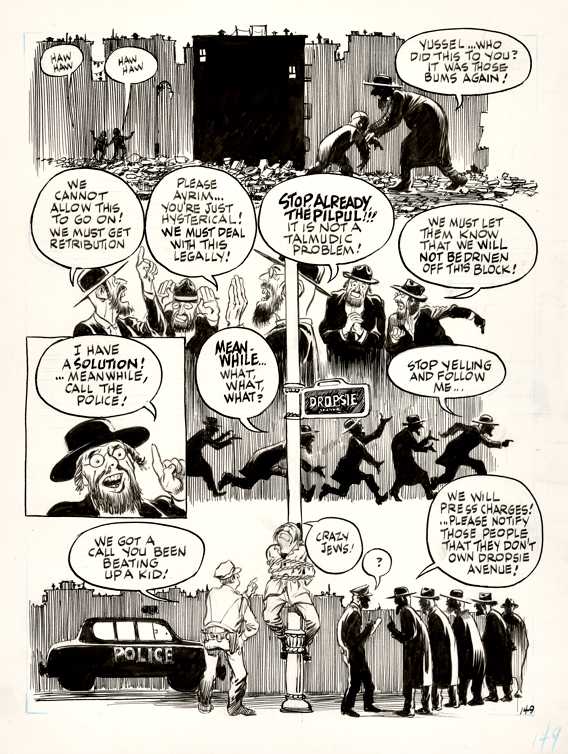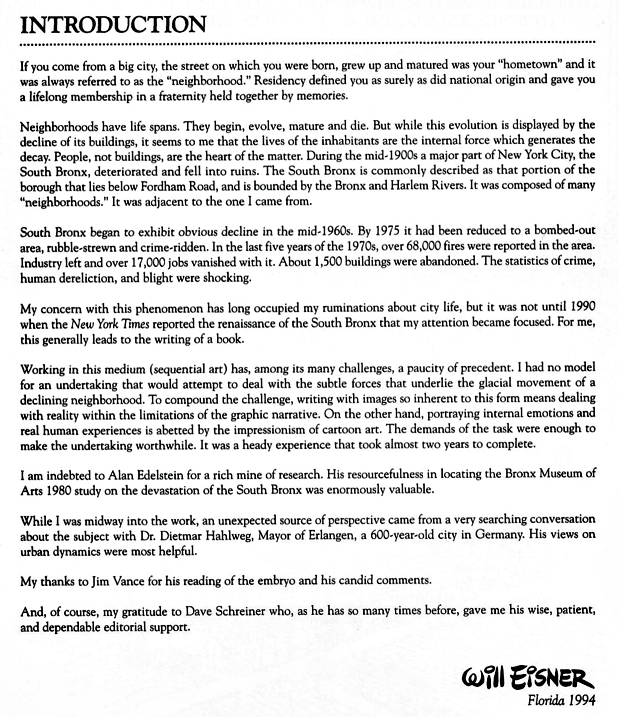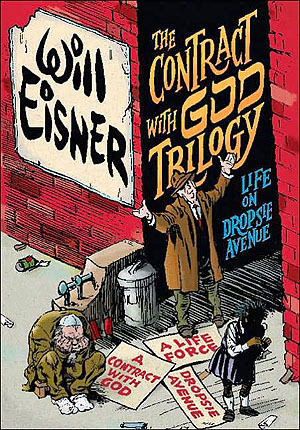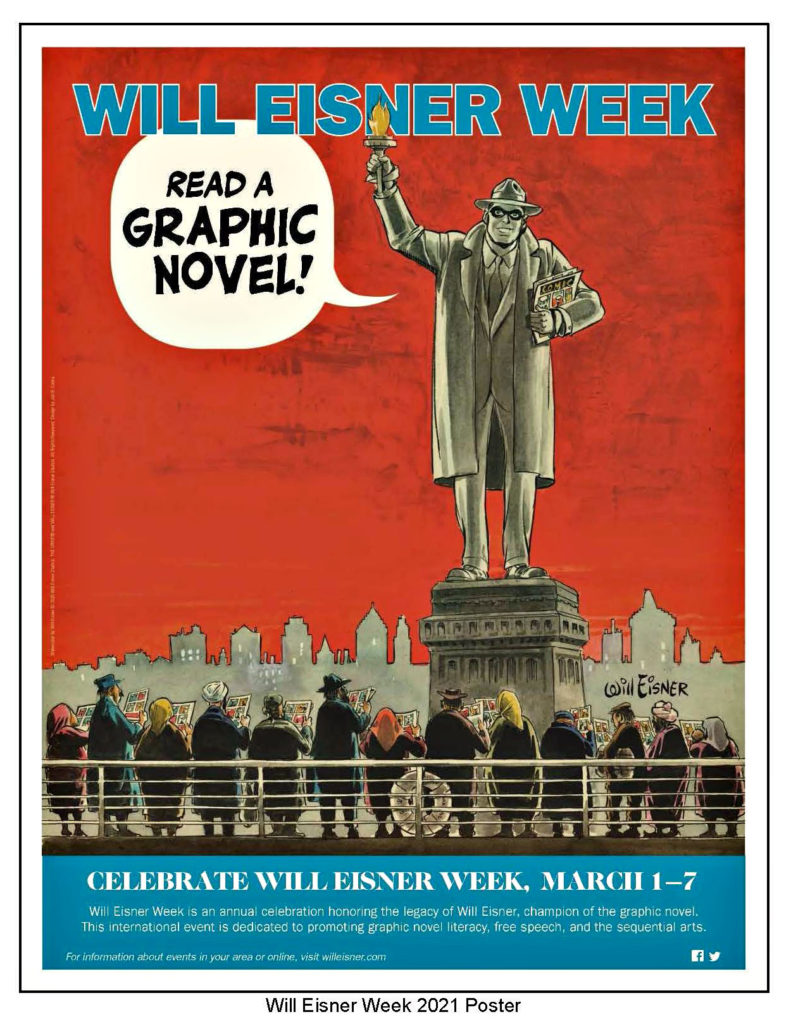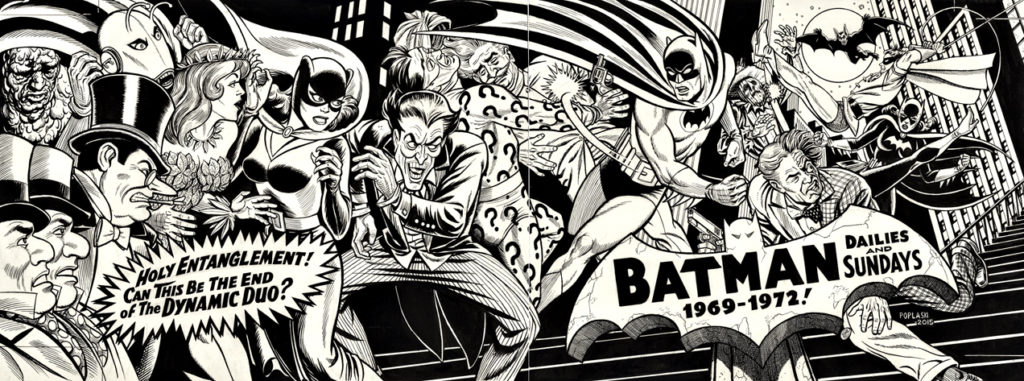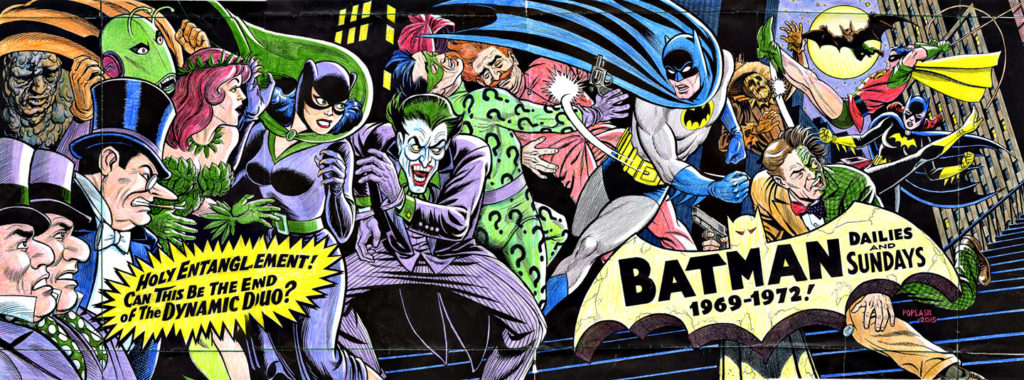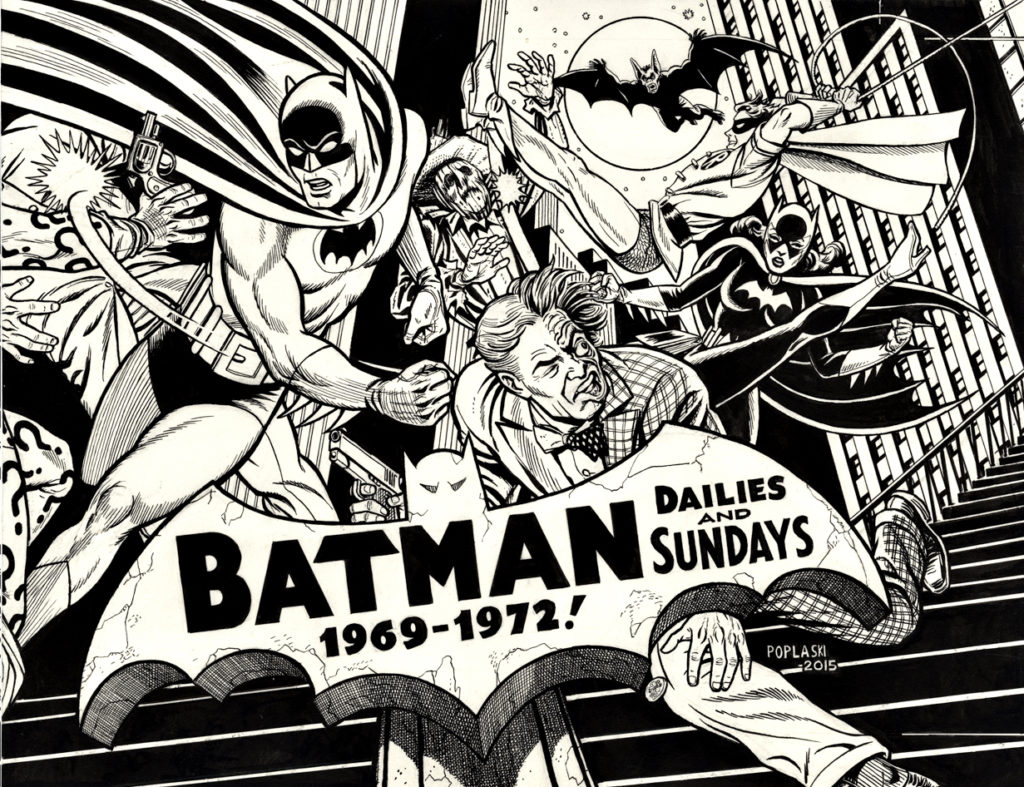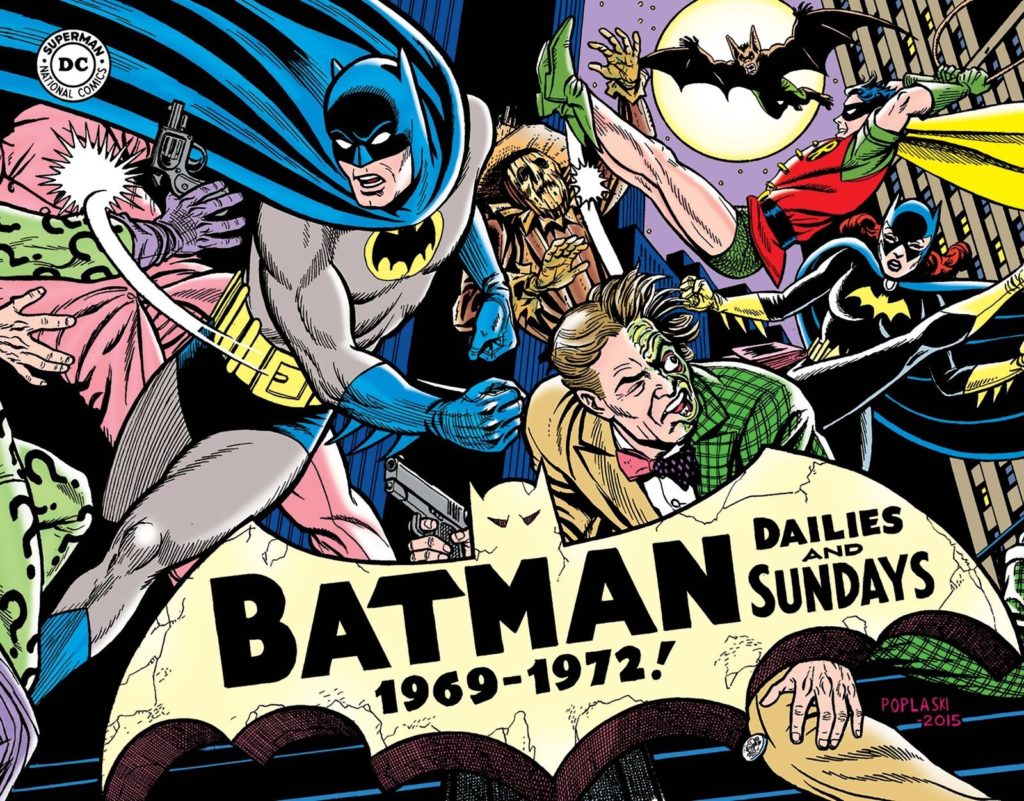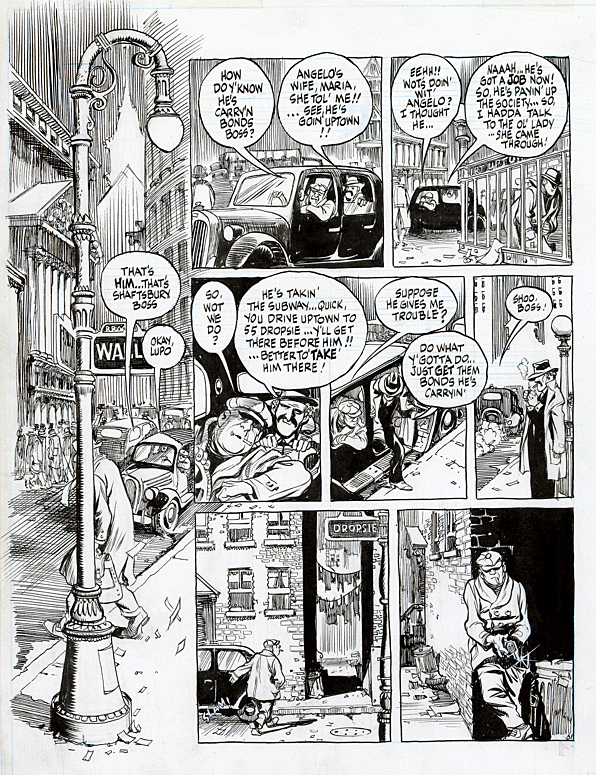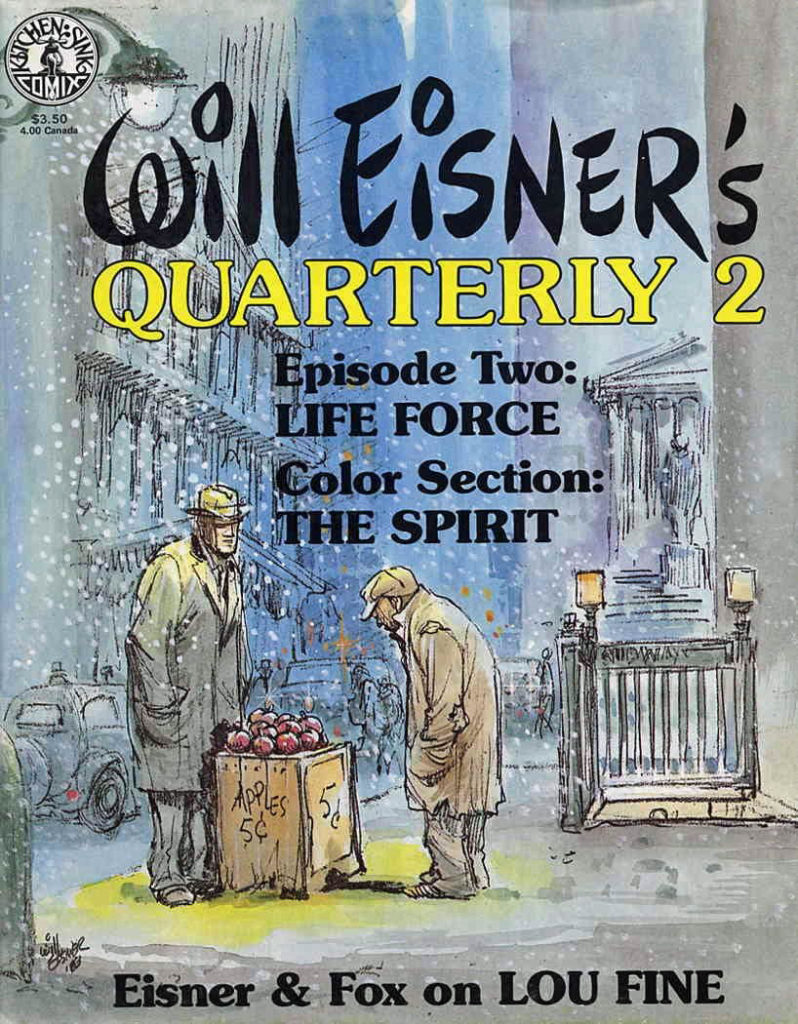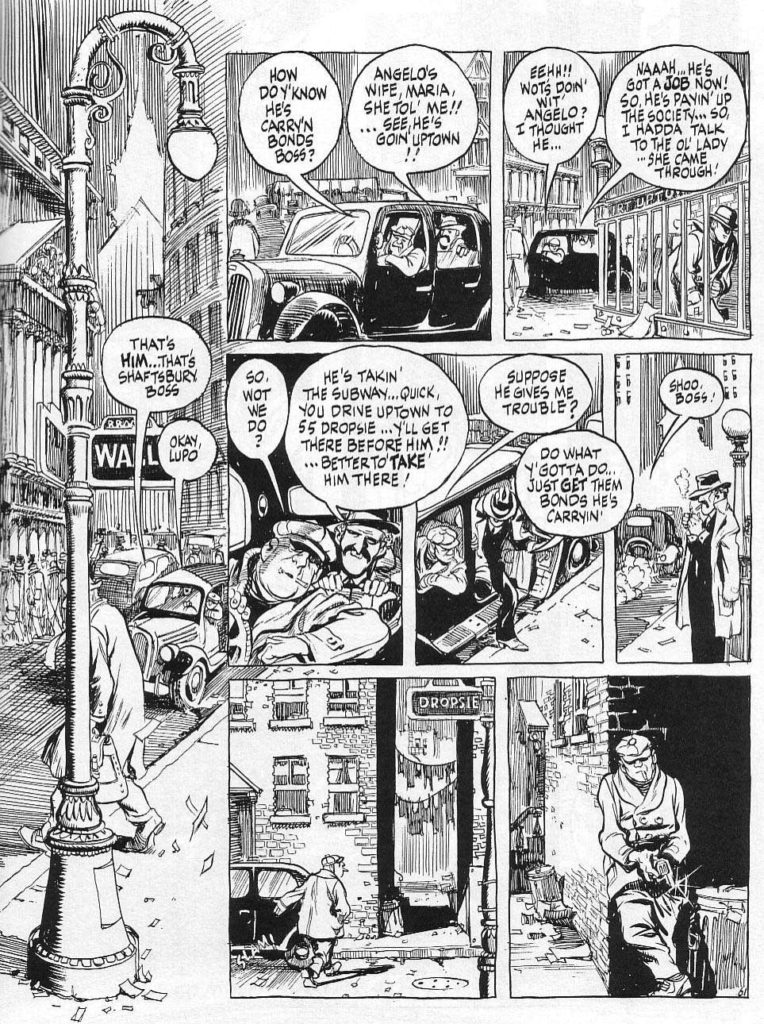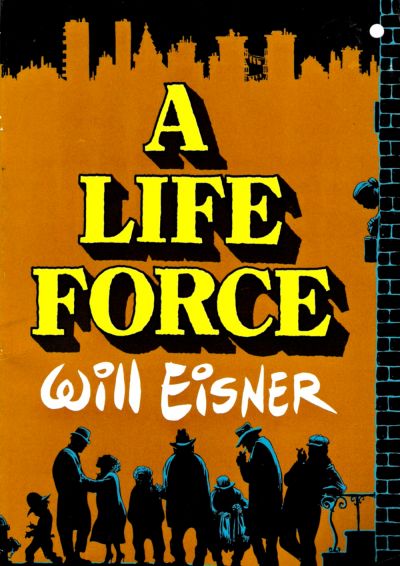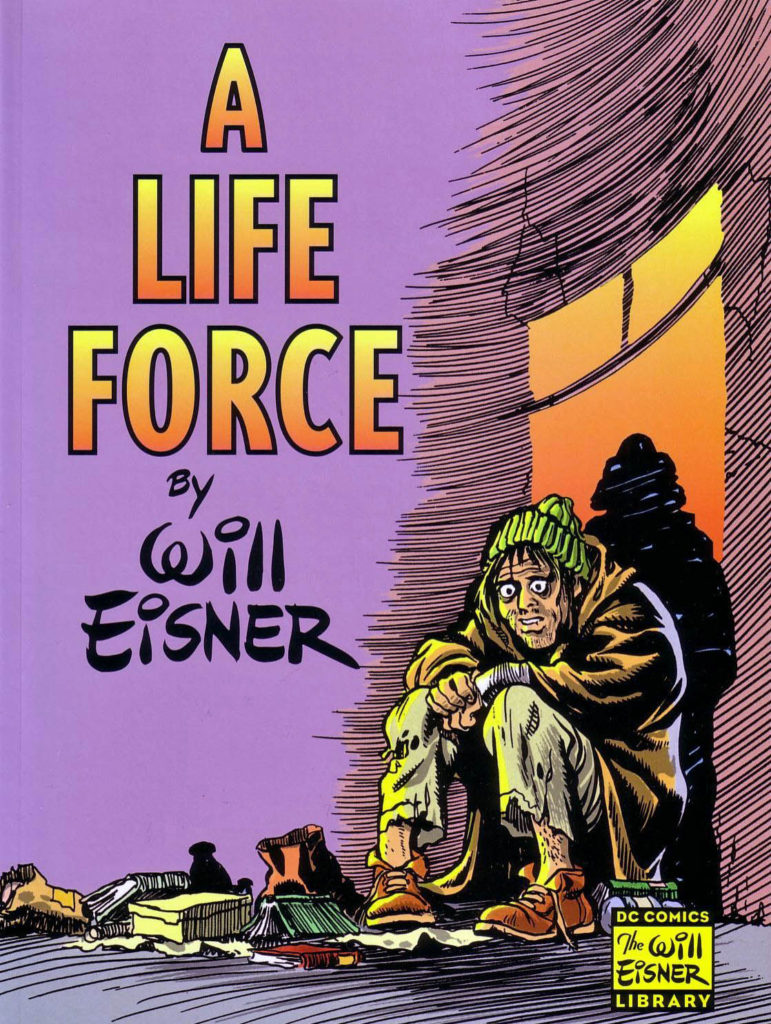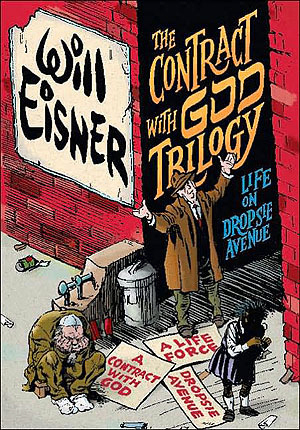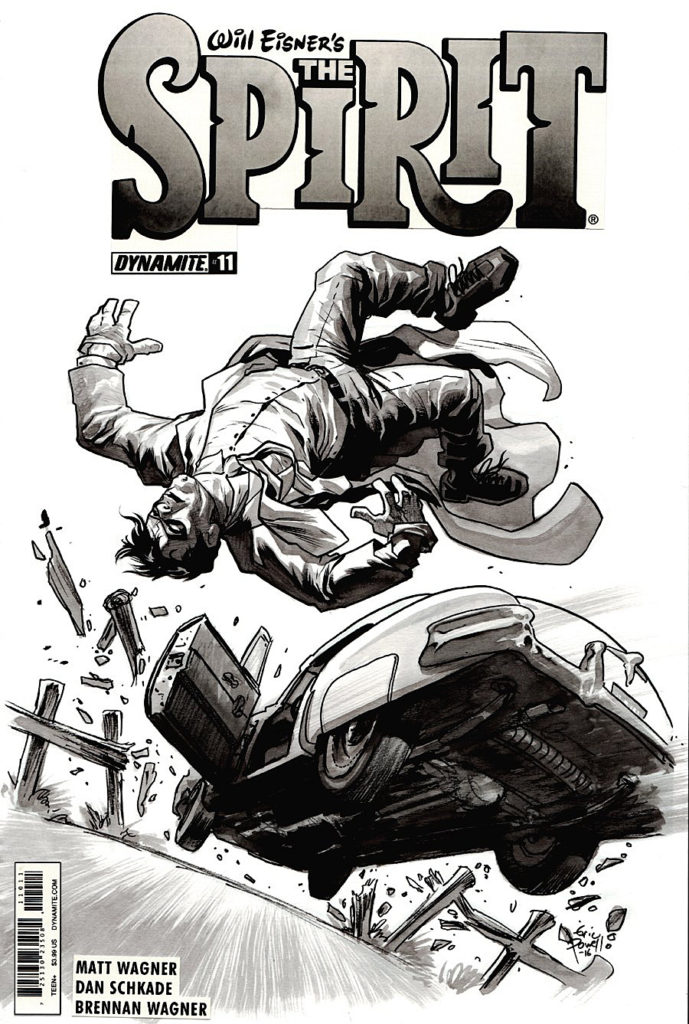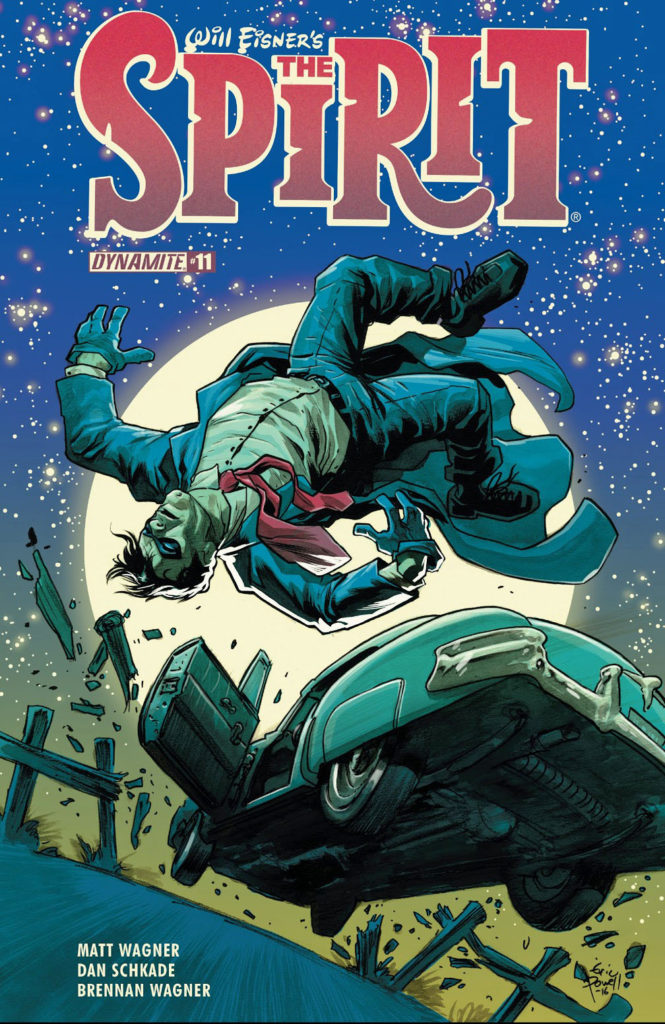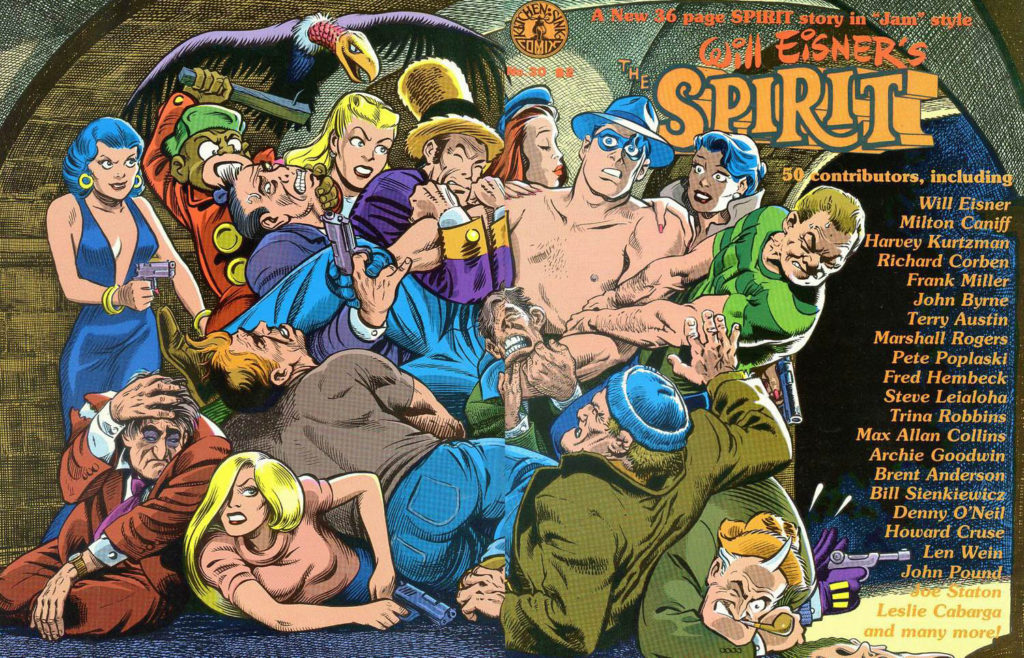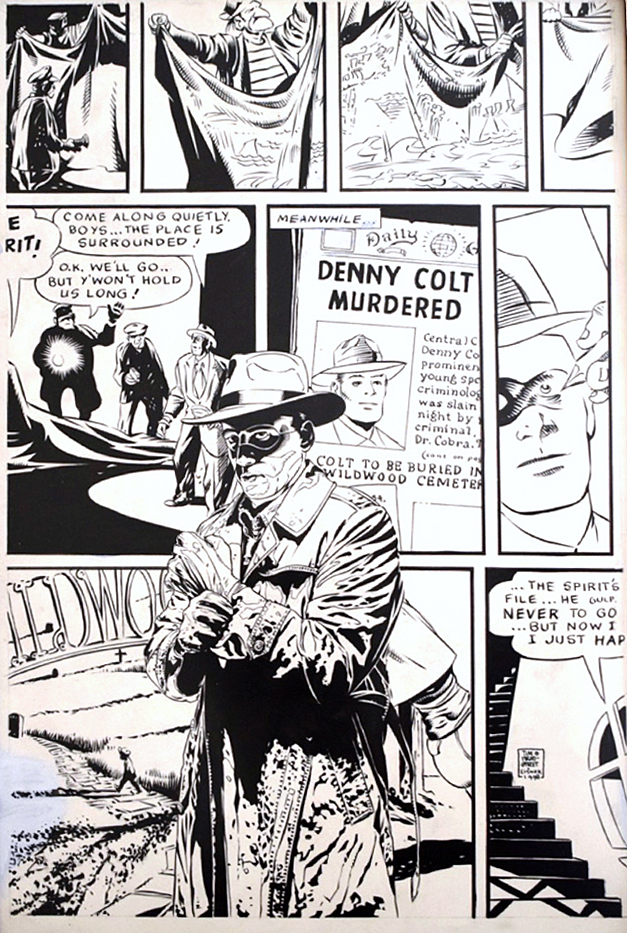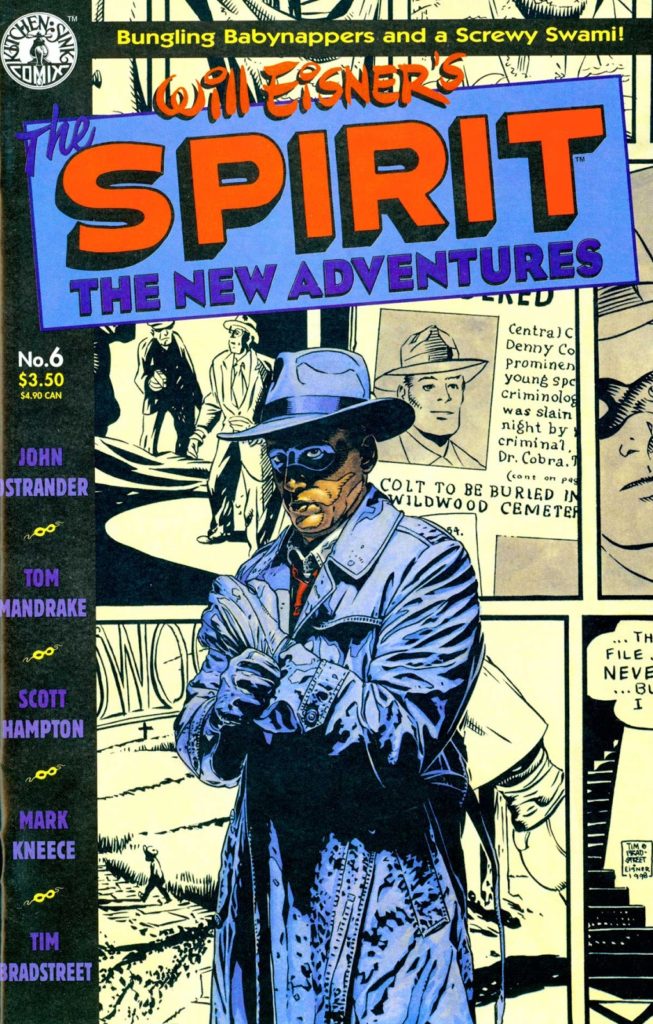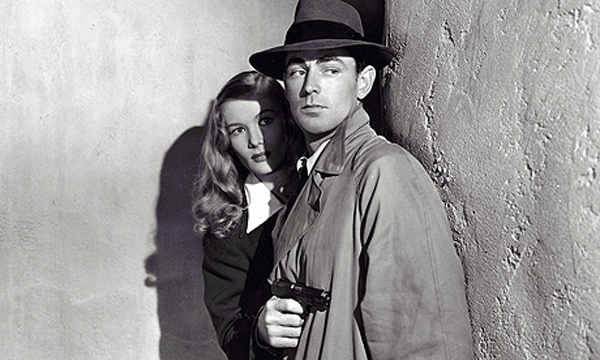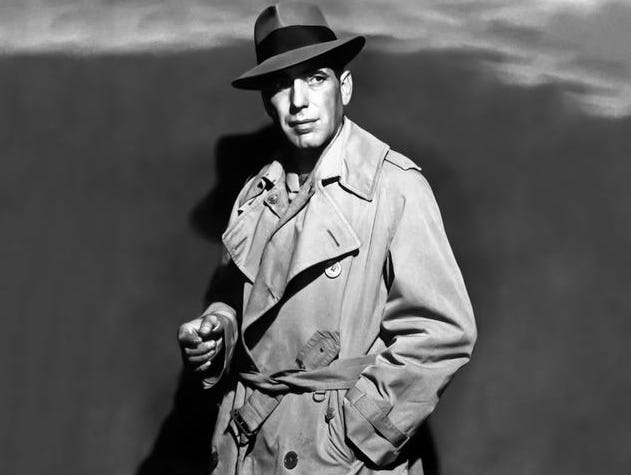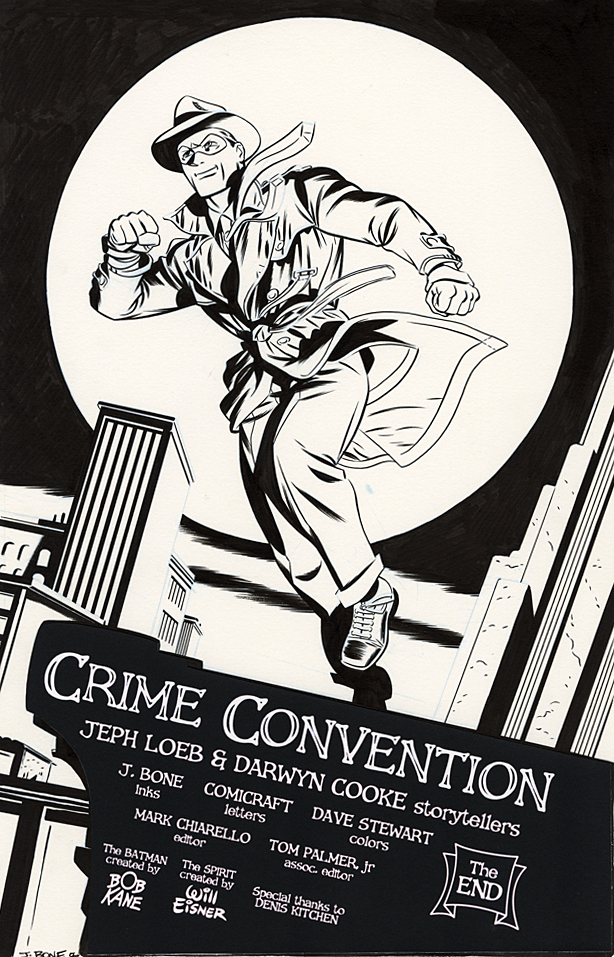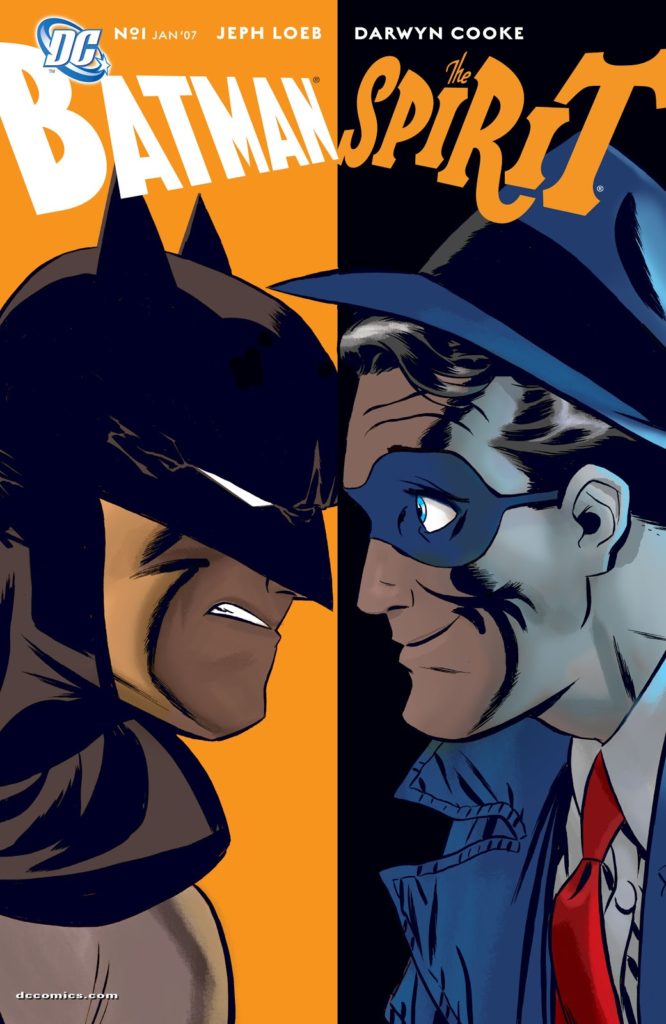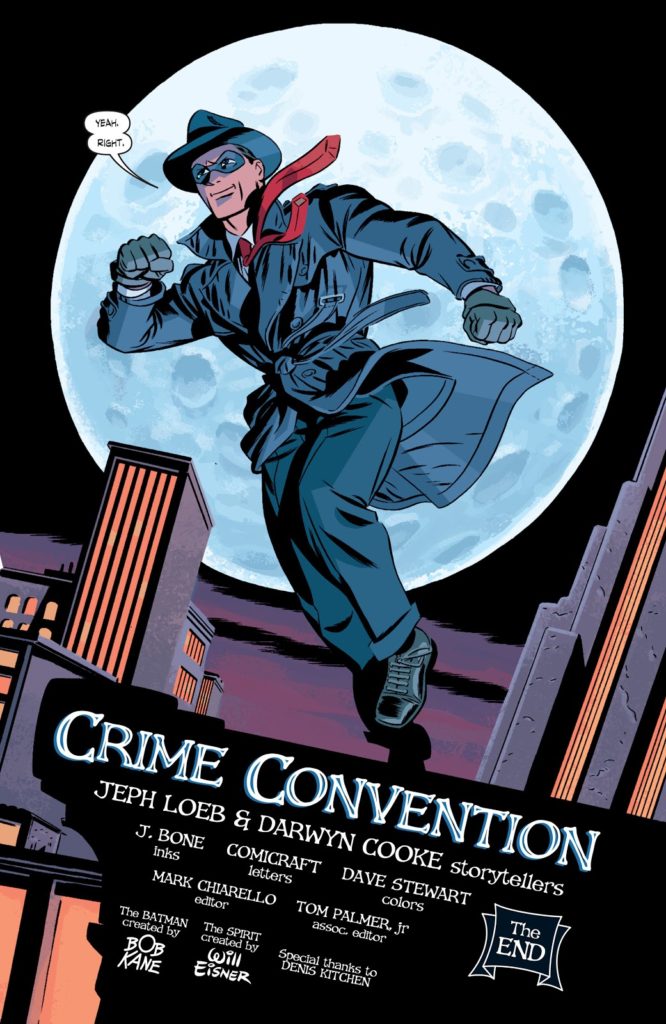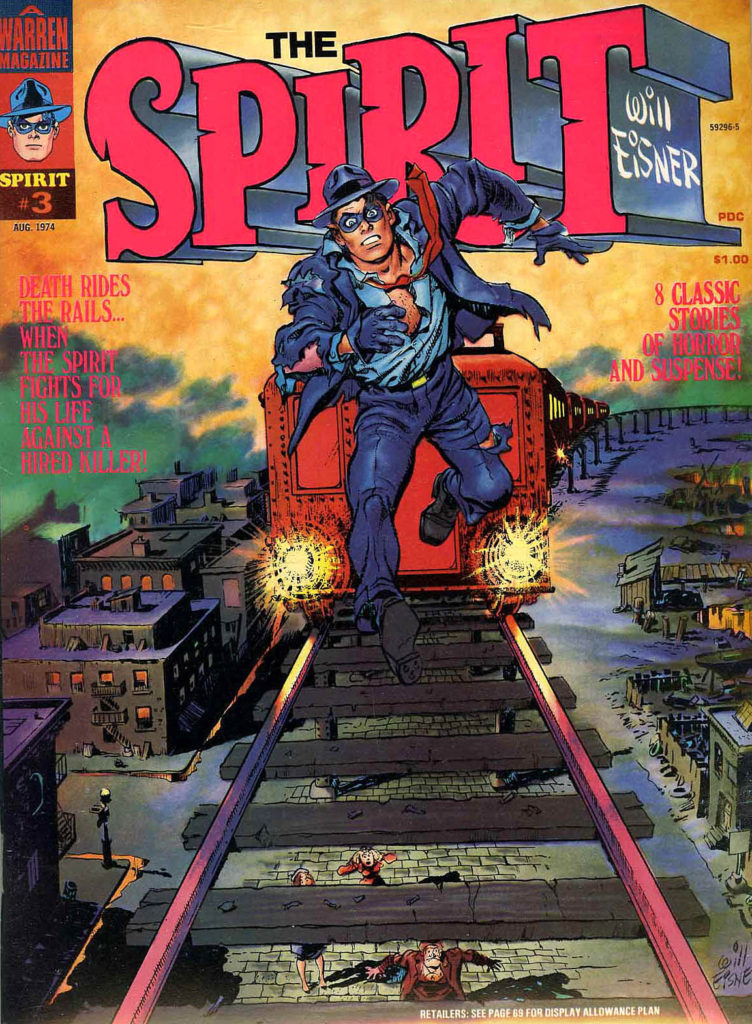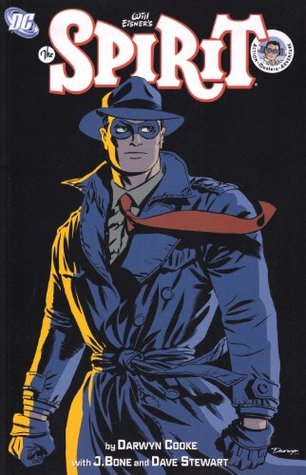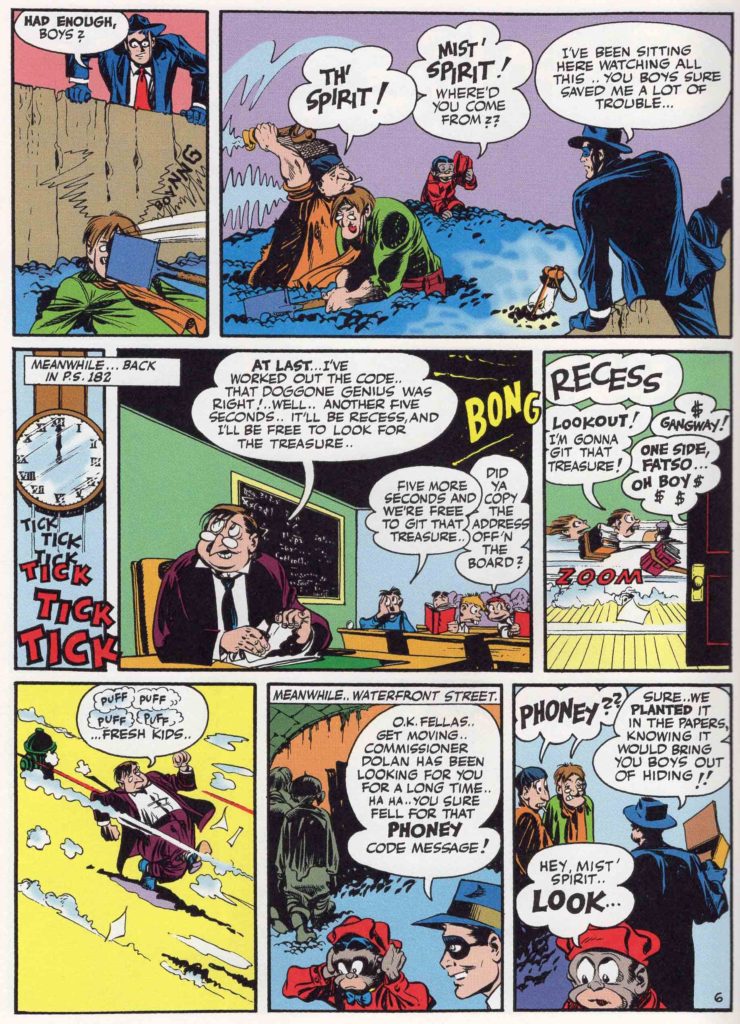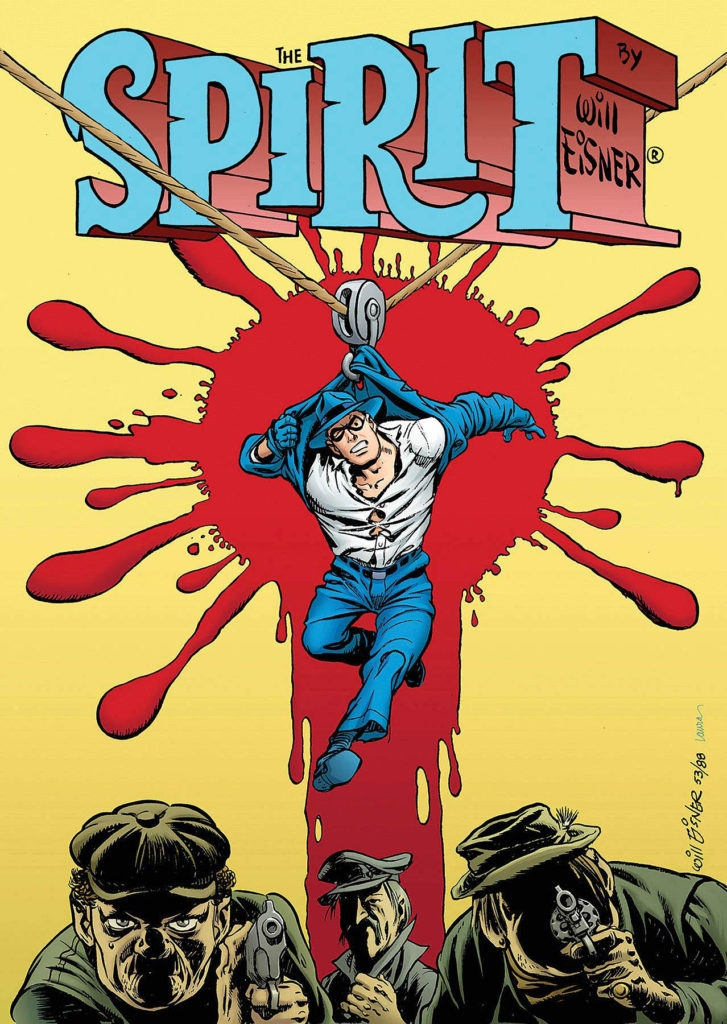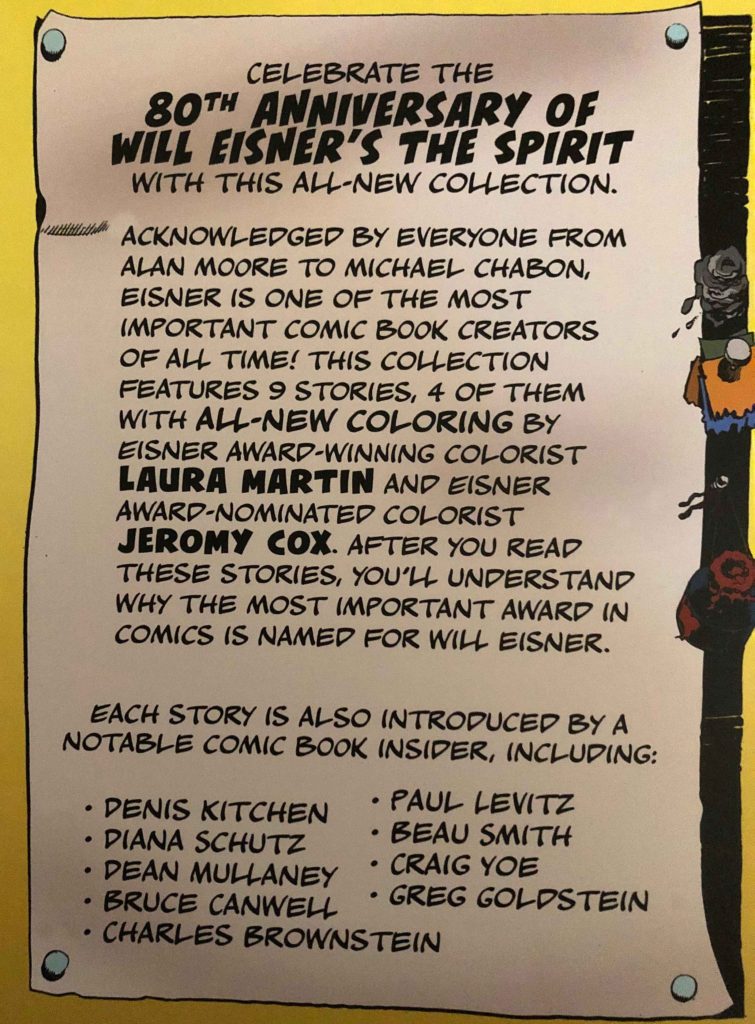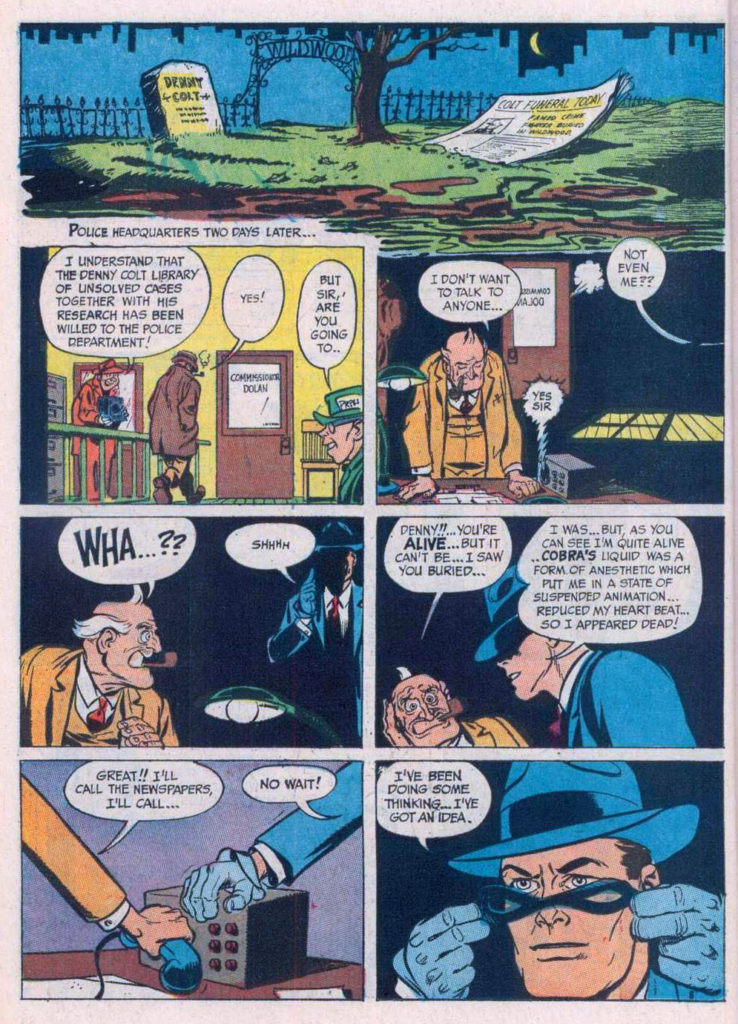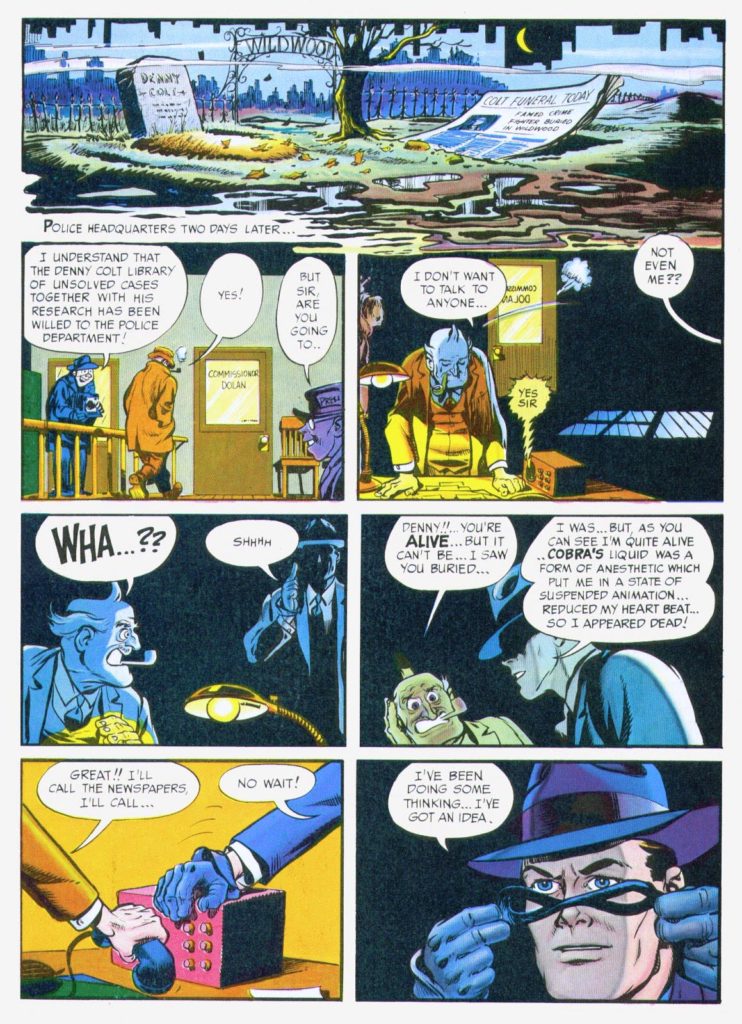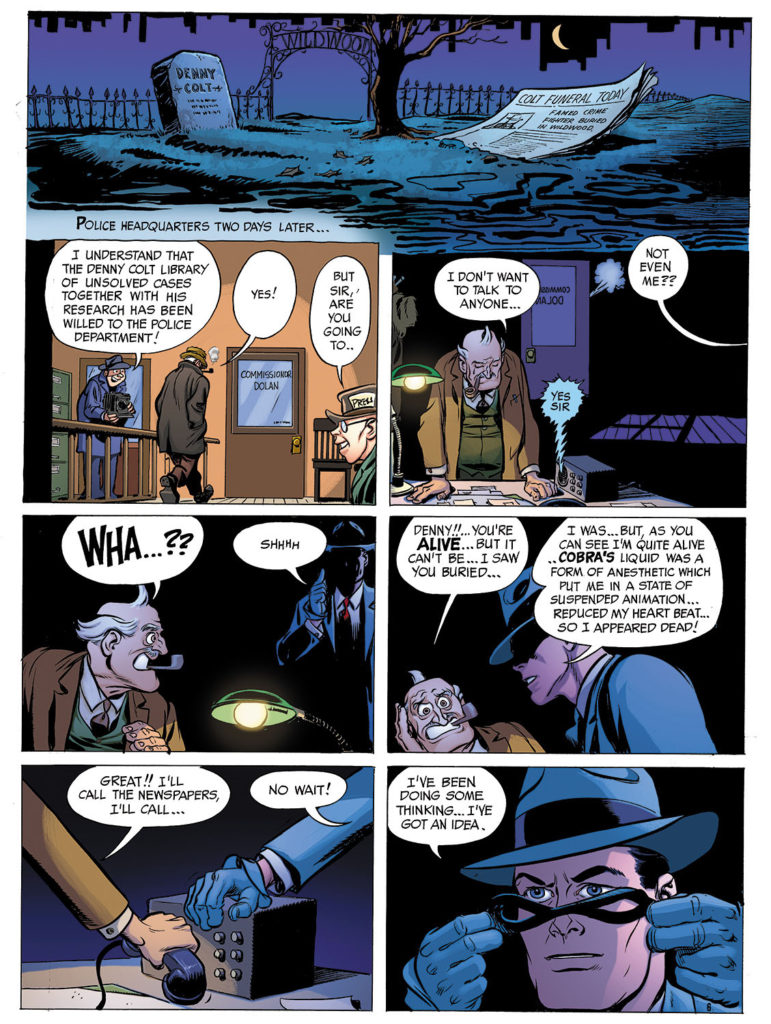Will Eisner — Cheering The Bronx
Dropsie Avenue, June 1995
Dropsie Avenue is the third (and final) graphic novel in the Contract With God Trilogy.
As noted previously All Contract With God did was change the face of comic book storytelling and popularize the concept, and phrase, “graphic novel.”
Eisner’s career remains fascinating. He had all but given up on comic book work after he discontinued the Spirit in 1952, but the growth of comics’ fandom convinced him to return in the 70s. He did indeed revisit The Spirit, but more importantly, he realized his personal literary aspiration of creating something completely unique and personal with COG, its sequels, and other graphic novels he produced until his death in 2005.
Dropsie Avenue (1995) tells the evolution of a fictional street and its residents in New York’s Bronx Borough — spanning more than 100 years, beginning about 1870 One of the many reasons I enjoy this page is that it features a street pole with the name of the street, and hence the title of the graphic novel.
Eisner owned outright nearly all the comic book material he created in his lifetime. He had great foresight to retain his intellectual property, and remain a true independent until his passing.
Welcome to Will Eisner week, 2021.

